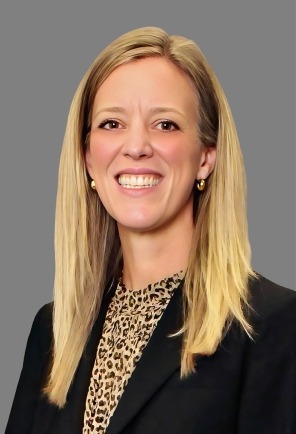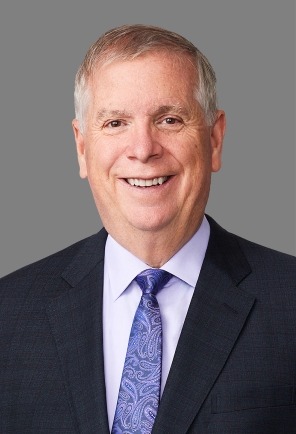Enabling Innovation to Drive Student Success
Between federal, state, and local agencies as well as private investors, donors and foundations, there has been and continues to be enormous investment in education. Issues that have been created or newly highlighted by the pandemic have increased the urgency to “fix” what’s wrong in U.S. education. Expectations are high; ideas are flowing; and funding is available. The challenge is that these expectations, ideas and funds are landing in an ecosystem that isn’t easy to change. Lots of folks have tried to introduce the next “silver bullet” solution for improved student success, with mixed results.
What if…
So, what if it’s not about the next, better, silver bullet solution, but about change itself and how easily institutions are able to experiment and adapt to support student success? What if innovation to transform instruction and student development was as robust within an institution as it is in the commercial marketplace that delivers products to that institution? What if instructors, administrators and students on any given college campus were both disciplined and empowered to adjust knowledge sharing, not just by tweaking a syllabus but by reflecting on their performance and then reorganizing content, delivery, connections, supports and contributions to improve learning outcomes?
This happens today in exceptional cases, but is not yet standard practice. Select institutions supported by, for example, visionary leadership or extensive digital capabilities, are well ahead of the rest of a very large pack. What would be better is to have practices and capabilities that are widespread, so that all manner of innovation and advances in education could come from diverse and unexpected places.
There are a number of trends in education – some new and some that have been around for a long time - that would indicate that this ability for institutions to transform should be taking a firmer hold. We’ve just witnessed a radical reshuffling of the education experience and our expectations, as wrought by a global pandemic. The urgency to realize equity is right in front of us. Digital capabilities get better every day. And the volume is turning up on discussions about the value of increasingly expensive college degrees.
Learning how to fish
Our client, a large foundation, has been thinking a lot about innovation and improved outcomes in higher education and engaged A&M on a number of projects to better understand and support institutions’ ability to reflect, identify, develop and test solutions to improve student success. The goal wasn’t a new product or service that everyone should buy, but instead it was a discipline of continuous improvement and innovation that is embedded in each institution, especially those who serve traditionally excluded populations.
One part of the engagement was designed to help institutions better understand their proficiency in a handful of operational capabilities that are needed for student success – things like leadership, strategic finance, technology and digital supports, institutional research and data use, etc. Working with the client and a handful of partners on a set of rubrics, the A&M team helped to design and develop a capability assessment for campus leadership teams. The results of the assessment are intended to guide conversations among these leaders around performance and improvement for student success.
Reflecting on performance, having constructive conversations about opportunities, and creating a forum for innovative ideas are a part of building muscle around change and continuous innovation. So, too, is just trying things. For this reason, our work was deliberately structured with partners and participating campuses in an iterative, “develop and test” approach. No one showed up with the silver bullet solution and asked for a five year contract. Instead, we worked with campuses and their partners to try multiple versions of the assessment, and with each round of testing, they elevated their ability to try a “rough draft,” tailor a new “product” and introduce it into practice.
What’s next
This ability to draw a box around a practice or activity and recognize it as an innovation that can be further developed and tested – something that has a product lifecycle – isn’t always intuitive. Of course, institutions create new courses all the time and those are products / services. But so is a newly bundled set of advisory services, or a repeatable practice to incorporate student success measures into financial planning, or a set of student dashboards for faculty. Our client and our A&M team continue to focus on building institutional capacity for reflection and change, helping institutions unlock their own innovation for student success. This approach to enabling change within colleges and universities to support student success is rooted in an assumption that these institutions are in a privileged position to understand student needs and engage with students to reflect on, and develop, solutions that fit, and fix, their learning outcomes.



